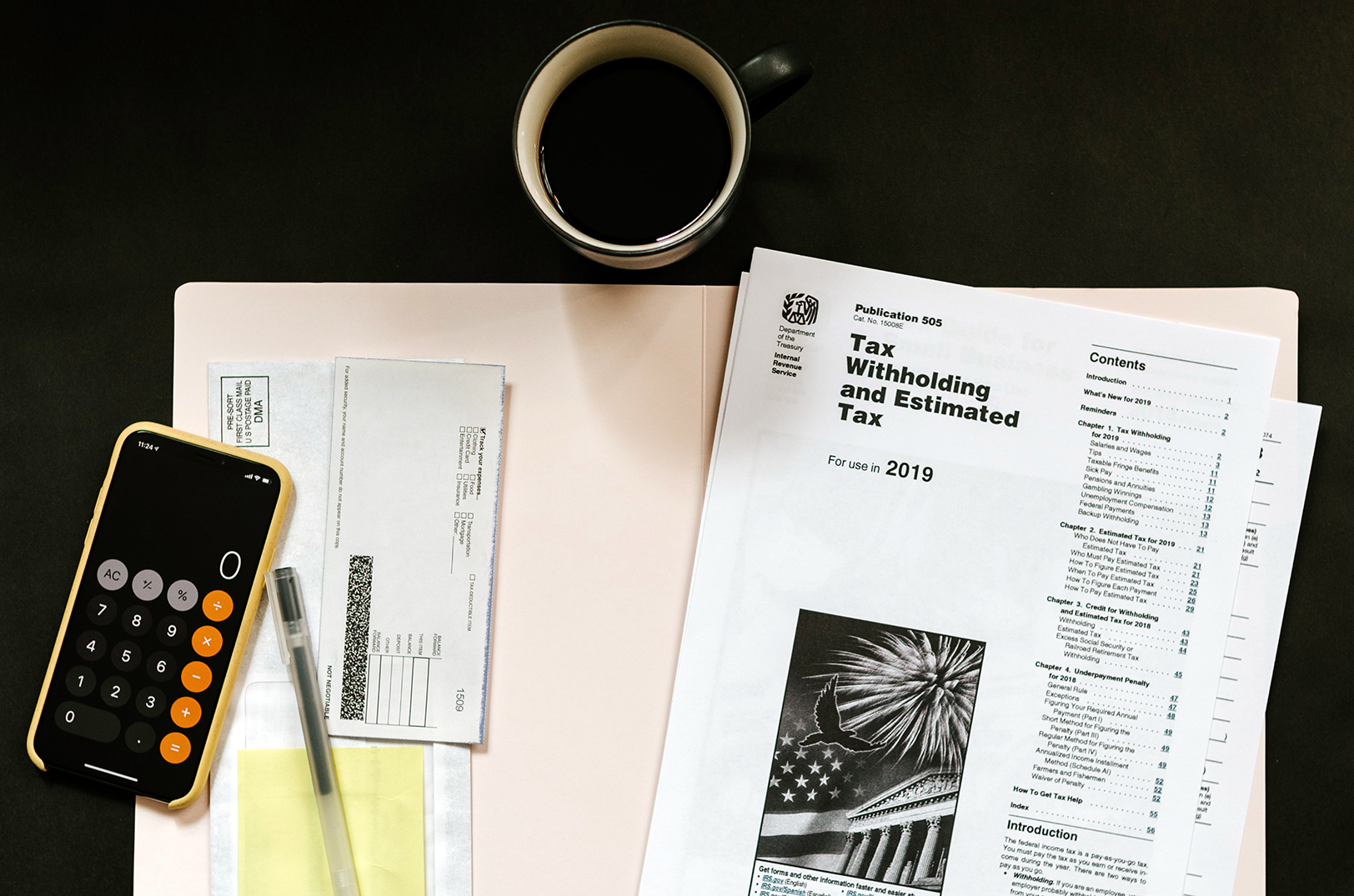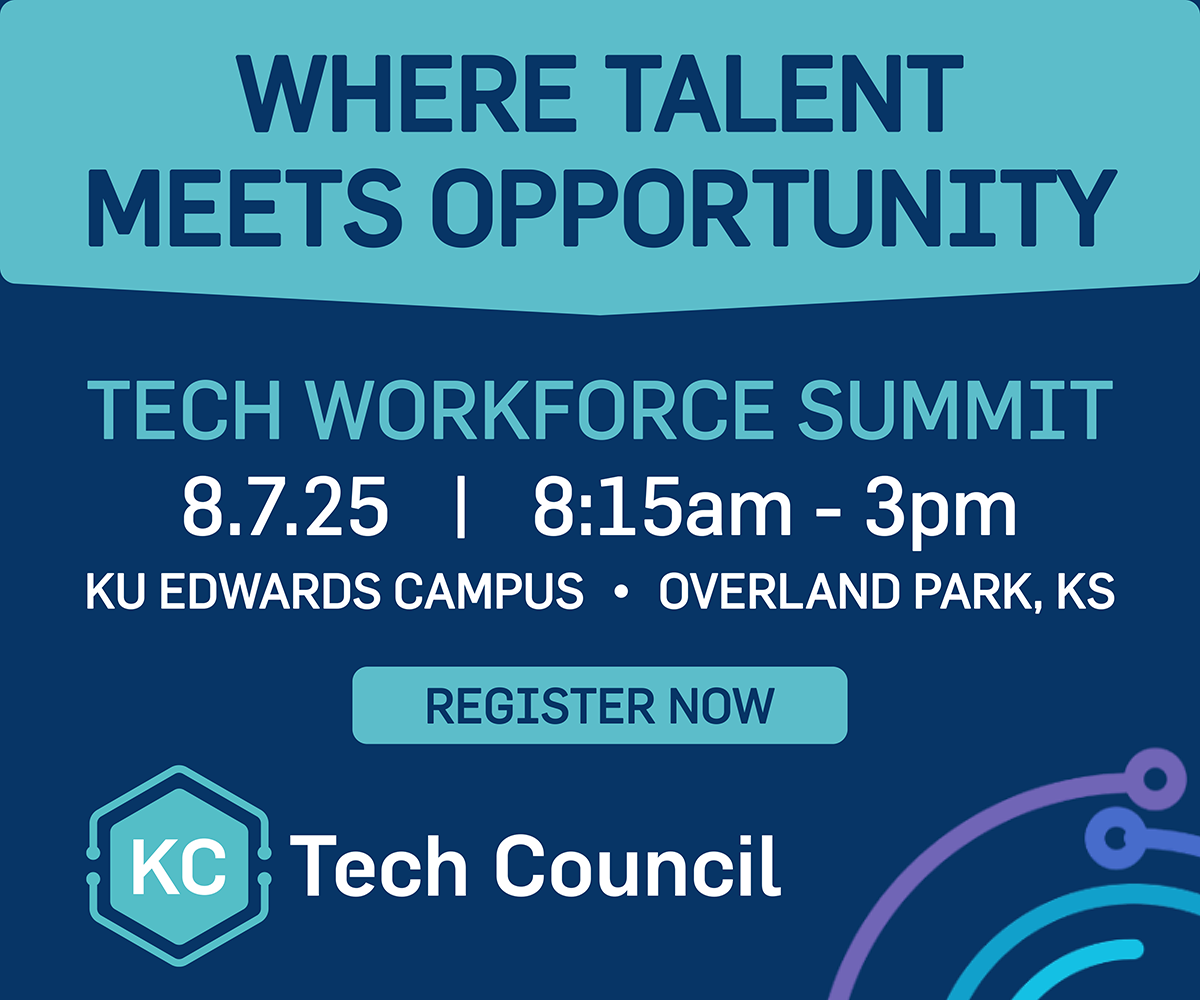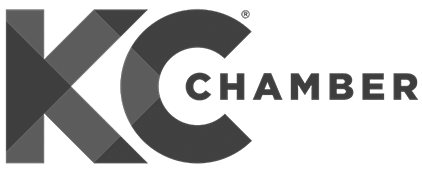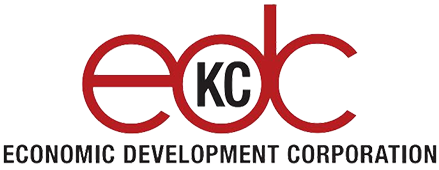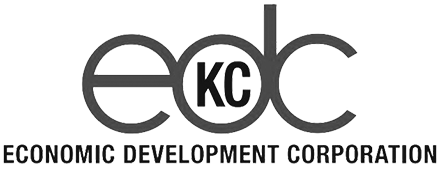Editor’s note: The opinions expressed in this commentary are the author’s alone. Serial entrepreneur Bo Lais is the founder of Lula, co-founder of the KC Collective founder network, and a current fellow in Pipeline Entrepreneurs. This op-ed is part of Startland News’ ongoing coverage of the impact of Coronavirus (COVID-19) on Kansas City’s entrepreneur community, as well as how innovation is helping to drive a new normal in the ecosystem. Click here to follow related stories as they develop.
Earlier this month, the U.S. Small Business Administration approved a disaster declaration for Kansas statewide for small businesses affected by Coronavirus (COVID-19).
The following guidance is tailored for businesses. Private non-profit entities and agricultural cooperatives may need to seek guidance from other accounting and legal resources before completing an application.
Click here to access the application portal for the SBA Disaster Loan Program.
First, if your business is suffering economically and has a current business loan with any lender, consider contacting your lender to request a loan modification (interest only payments, partial or complete payment abatement, etc.) for the months in number it will allow; the bank’s ability to respond will be dependent on the type of loan product you have such as SBA guaranty program loan, in-house private bank loan, or online lender.
This SBA Economic Injury Disaster Loan Program (EIDL) is only available for natural-born U.S. citizens or those with a valid permanent resident card (green card). As we find out about other economic support programs for those business owners who do not possess these qualifications, we will let the public know.
Working capital loans of up to $2 million can be used to pay fixed debts, payroll, and other bills that can’t be paid because of the disaster’s impact. The interest rate is 3.75 percent for small businesses. The interest rate for non-profits is 2.75 percent. The SBA offers loans with long-term repayments in order to keep payments affordable, up to a maximum of 30 years. Terms are determined on a case-by-case basis, based upon each borrower’s ability to repay.
We do not know exactly what the final application portal will show or require but are providing this guide based upon our research and from information provided to us by the SBA to help you “get ready” to apply.
Click here to review the SBA disaster loan application forms and their instructions that are listed and numbered in this guide below.
It is important that you read the instructions associated with each form listed below to understand what the items mean. For example, “Contingent Liabilities” for the Personal Financial Statement means loans or debts not in your personal name, but for which you are a co-signer or personal guarantor like business loans, business credit cards, children’s student loans or auto loans.
The tax return “copies” referenced below are for you to obtain, review, and may need to upload as a PDF in the portal application. They must each include all schedules — thus comprising a complete tax return copy. The name of the business on the business tax return and the name of the business you use in the application need to match, no exceptions.
Who can apply?
In order to be eligible, you must be a small business (500 employees or less).
- Kansas small businesses affected by the disaster — common eligible businesses include: retailers, restaurants, recreational facilities, tourism-based businesses, manufacturers, owners of rental property, hotels, wholesalers, and many more. It’s unclear on every category that will be accepted, but right now if you have a small business (fewer than 500 employees) and are being affected by COVID-19, then I recommend applying.
- Private non-profits
- Small agriculture cooperatives are eligible, but agricultural enterprises are not
- Small aquaculture businesses
While paper applications are accepted, filing electronically is easier, faster and more accurate.
What do you need?
Review the items below, have this information for your business and the owners personally gathered together in front of you to refer to when answering questions in the SBA application electronic portal as instructed in the portal:
- Review the Business Loan Application (SBA Form 5 for incorporated businesses and LLCs, SBA 5 C for sole proprietors); that information will be entered into the portal application.
- Review and prepare SBA Form 1368 to upload into the portal or enter electronically. This form is very important to determine a future working capital cash flow needs analysis for the SBA disaster loan. Have gathered together your documents to list in the application and prove the losses your business has sustained due to the COVID-19 outbreak. The loans are for working capital, which includes fixed debts, payroll, accounts payable, and other bills that can’t be paid due to the disaster’s impact. It does not cover lost sales. You will not be asked how much you would like to borrow. The SBA uses the information you provide to determine the loan amount. Small businesses can receive a secured loan up to $2 million, and an unsecured loan up to $25,000. Gather financial information (e.g. income, account balances, and monthly expenses). Know the total amounts and payments due for debts that will be paid over the next 10 months or longer (i.e. mortgages, student loans, credit cards, etc.) Have your monthly expenses and financial projections ready.
- Review the IRS Form 4506-T, each principal owning 20 percent or more of the applicant business, each general partner or managing member and, for any owner who has more than a 50 percent ownership in an affiliate business will have to have this section entered into the portal. (“Affiliates” include the business parent company, subsidiaries, and/or businesses with common ownership or management to the business for which you are applying). The 4506 T form section in the portal is what allows the SBA to verify your business tax returns that were filed with the IRS and obtain a transcript of them. You will need to know what “title” was used on the business tax return line by the person who signed it.
- Gather together complete copies of the most recent federal income tax business tax return filed for the applicant business, including all schedules. Be sure you have saved to your computer a PDF copy of it to upload if required. An explanation must be provided in the portal if not available for 2019 — if you have the documentation for your extension request for 2019 already completed and filed, that will be part of the explanation to enter into the portal. Regardless, you must provide the last business tax return filed and gather together information for a detailed profit loss statement and balance sheet for the entire year of 2019 for the applicant business if no filed business tax return for the business is available for 2019.
- Gather together information for a current year-to-date 2020, detailed, profit loss statement and balance sheet statement for the applicant business to enter into the portal application as well.
- Review the Personal Financial Statement (SBA Form 413) for the sole proprietorship owner, or for each principal of the business entity owning 20 percent or more of the applicant business, each general partner or managing member, and have that information in front of you. This information will all be requested in the portal application.
- Review the Schedule of Liabilities form listing all fixed debts for the business (SBA Form 2202) and have that information in front of you to enter into the portal application.
- Gather together complete copies to review, including all schedules, of the most recent personal Federal income tax returns for each principal owning 20 percent or more of the applicant business, each general partner or managing member, and each affiliate when any owner has more than a 50 percent ownership in the affiliate business. Affiliates include, but are not limited to, business parents, subsidiaries, and/or other businesses with common ownership or management. If you have the documentation for your extension request for 2019 already completed and filed, that will be part of the explanation to enter into the portal questions.
What’s next?
- You will receive an email confirmation that your application has been submitted.
- You will receive an email letting you know that your application is under review.
- You will be contacted by someone from the SBA.
- Have your monthly expenses and financial projections ready.
Click here for general information from the SBA.
This commentary by Bo Lais originally was posted by KC Collective, republished here with permission.

